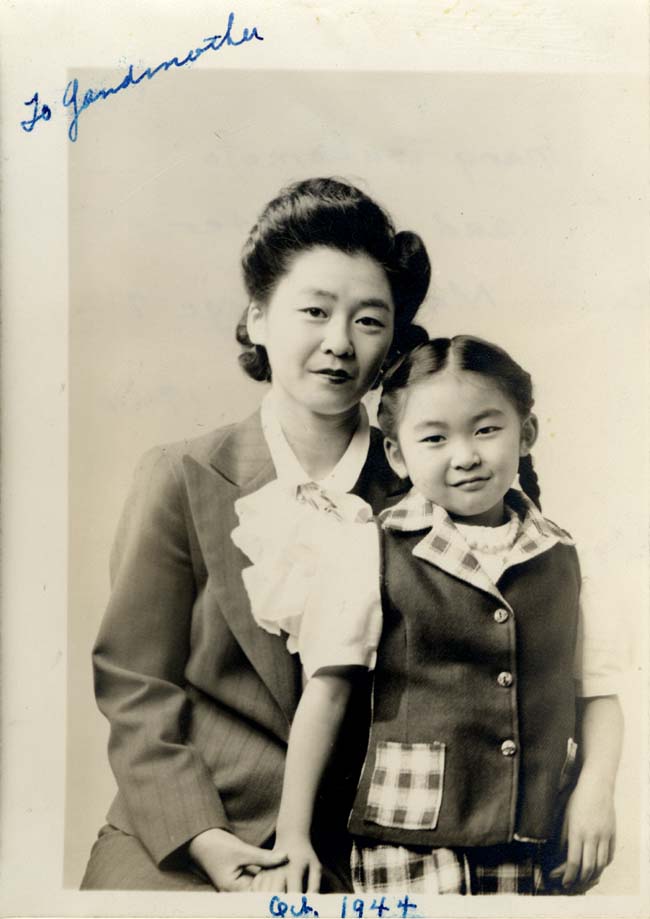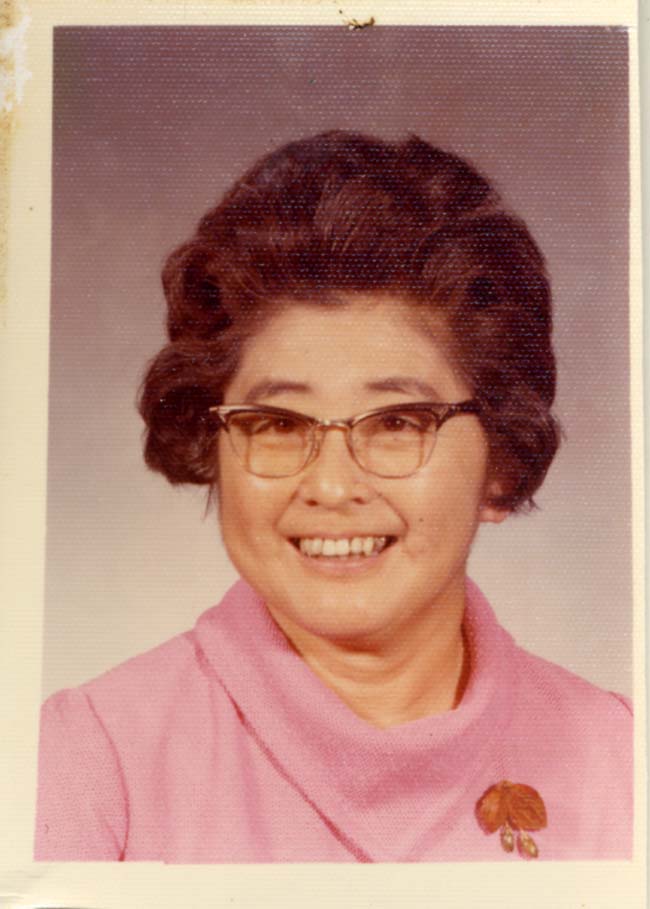July 17, 2015
Born in San Francisco on July 17, 1915, Mary Tsukamoto (née Mary Tsuruko Dakuzaku) was the second of six children of Chosei Taro and Kame Dakuzaku of Okinawa. In 1925, the family relocated to Florin, California, where Mary attended school and eventually started a family of her own.
Although she was not able to complete her education to become a teacher due to poor health and lack of funds, Mary Tsukamoto taught Sunday school in the local Methodist church and joined the Florin chapter of the Japanese American Citizens League, becoming its executive secretary. In 1940, the Tsukamotos succeeded in persuading the Florin school board to do away with segregated schools.
In the spring of 1942, Mary and her family were sent first to the Fresno Assembly Center and, later, the Jerome Concentration Camp in Arkansas. She resolved to work to make the best of things. In collaboration with Mary Nakahara (later the celebrated radical activist Yuri Kochiyama), Tsukamoto became active in building YWCA and USO chapters in camp and organizing Nisei women to serve as hostesses for the visiting Nisei soldiers of the 442nd Regimental Combat Team training across the Mississippi border at Camp Shelby.

In November 1943, Tsukamoto and her daughter left camp to join her husband in Kalamazoo, Michigan and, in 1945, returned to Florin, though much of it had been destroyed in a fire. Although Mary Tsukamoto was grateful to be released from camp, she suffered painful arthritis and medical conditions that had been aggravated under camp conditions. Despite these challenges, Tsukamoto enrolled at Sacramento State College (today’s California State University, Sacramento) and began employment as a substitute teacher. Three years later she was hired as a permanent teacher, and she taught for a total of 26 years in the Florin schools. She remained active with the local JACL branch.
Although she had long refused to speak of her wartime experience, in the late 1970s Tsukamoto was inspired to join the Japanese American Redress Movement. When the U.S. Commission on Wartime Relocation and Internment of Civilians held hearings in San Francisco, Tsukamoto presented testimony.
Tsukamoto spoke eloquently about her decision to begin sharing her incarceration story and advocating for redress in an oral history interview conducted with John Tateishi for his book, And Justice for All: An Oral History of the Japanese American Detention Camps:
“After all that I had gone through and when I had an opportunity to speak, when people asked me to tell them the story, why didn’t I have the courage to tell the truth? I realized that I needed to be angry not just for myself personally, but for what happened to our people. And also for our country because I really believe it wasn’t just Japanese Americans that were betrayed, but America itself. I’m saying that for the kids–for the Yonsei (fourth generation) kids and for their children and their friends and all the generations that are coming. For their sakes, we need to be angry enough to do something about it so that it will never happen again. It’s not anger because I’m bitter or disappointed that it happened to me. I’m disappointed for America that it had to happen, and I want the record to be straight.”
She went on to publish her own memoir, We the People : A Story of Internment in America (1987) and to be awarded the Nisei of the Biennium award by the JACL (1986) and a National Humanitarian Award (1993). As a lifelong advocate for education, Tsukamoto was deeply honored to have the Mary Tsukamoto Elementary School of Sacramento named in her honor in 1993. She died on January 6, 1998, just short of her eighty-third birthday.
